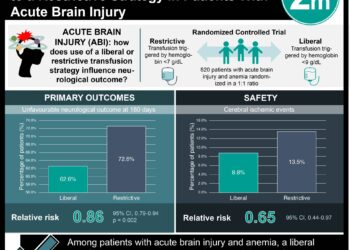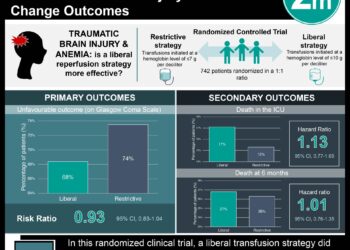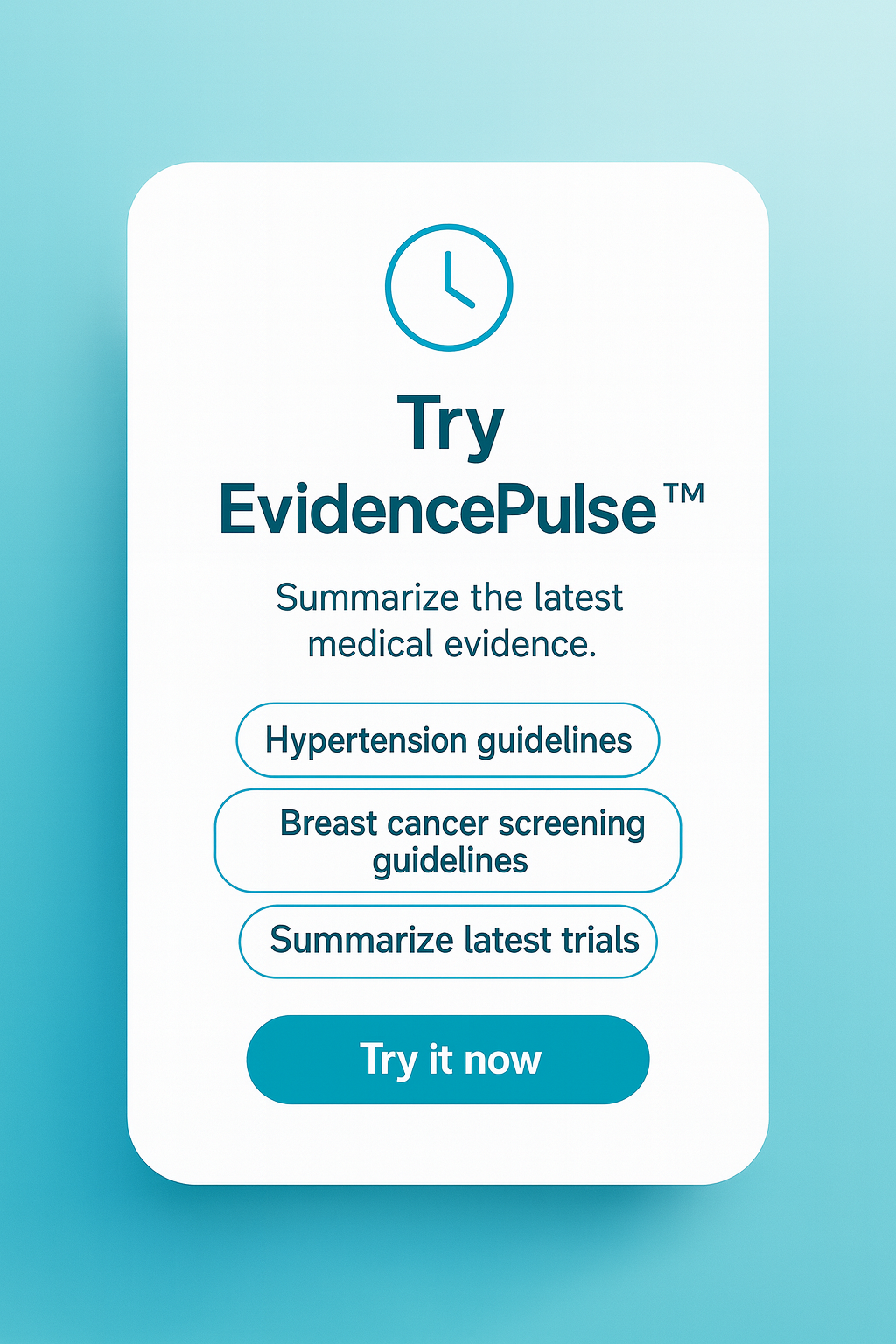Isolated vomiting not linked to clinically important TBI in children
1. Isolated vomiting (vomiting without other predictors of traumatic brain injury [TBI] as defined by 3 high-quality clinical decision rules [CDRs]) was not associated with clinically important TBI (ciTBI) or evidence of TBI on computed tomography scans (TBI-CT) among pediatric patients with head injury.
2. Skull fractures and headaches were associated with increased risk of ciTBI and TBI-CT among patients with head injury and vomiting.
Evidence level: 2 (Good)
Study Rundown: Head injuries are a leading cause of emergency room visits among children worldwide. In managing these patients, providers must weigh the benefits of using the gold standard diagnostic test to identify ciTBI, computed tomography (CT) scan, with the risks of exposing immature brains to ionizing radiation. Vomiting is used as a predictive variable in CDRs that help physicians determine which patients might benefit from CT scan; however, the CDRs differ in vomiting frequency cutoffs. Investigators in this study examined the frequency of ciTBI among children with vomiting after head injury and the relationship between vomiting, pediatric head injury, and other predictor variables for ciTBI and TBI-CT. Results showed that less than half of patients with either ciTBI or TBI-CT complained of vomiting. Of those with isolated vomiting, <1% had ciTBI or TBI-CT. Among patients with vomiting, presence of skull fracture, altered mental status, and headache were associated with increased risk of ciTBI. This study was limited by a relatively low number of CT scans performed on study participants (in accordance with provider clinical judgement), and lack of data collected on the temporal relationship between head injuries and vomiting episodes. Nonetheless, these findings suggest observation alone, rather than diagnostic CTs, may be appropriate for children who present with only vomiting after head injury.
Click to read the study, published today in Pediatrics
Relevant reading: Management of pediatric patients with concussion by emergency medicine physicians
In-depth [prospective cohort]: This study looked at data from 19 920 pediatric patients who presented with head injury at a pediatric ED in Australia or New Zealand between 2011 and 2014. Of those patients, 41.3% were female, 17.0% had any vomiting, 5.1% had isolated vomiting, and 78.8% obtained the head injury from a fall. Data collected included presence of ciTBI or TBI-CT and predictive variables for ciTBI and TBI-CT. Predictive variables were determined based on evidence from 3 CDRs for pediatric head injury, using the Pediatric Emergency Care Applied Research Network, the Children’s Head Injury Algorithm for the Prediction of Important Clinical Events, and the Canadian Assessment of Tomography for Childhood Head Injury. Results showed that ciTBI and TBI-CT were uncommon in children with head injuries (0.9% and 1.4% respectively). Of the 172 patients with ciTBI, 44.2% had any vomiting (95% CI 36.9%-51.7%), while 43.2% of the 285 patients with TBI-CT (95% CI 37.5%-49.0%) complained of vomiting. Of those with isolated vomiting, 1 child had ciTBI (0.3%; 95% CI 0.0%-0.9%) and 2 children had ciTBI and TBI-CT, respectively (0.6%; 95% CI 0.0%-1.4%). Interestingly, all 3 children had ≥3 vomiting episodes. Patients with skull fractures, altered mental status, and headaches were more likely to have ciTBI with vomiting (odds ratio [OR] 80.1; 95% CI 43.4–148.0; OR 2.4; 95% CI 1.0–5.5; and OR 2.3; 95% CI 1.3–4.1, respectively). Patients with vomiting and TBI-CT had higher odds of also having a skull fracture (OR 112.96; 95% CI 66.76–191.14), nonaccidental injury concern (OR 6.75; 95% CI 1.54–29.69), or headache (OR 2.55; 95% CI 1.52–4.27).
Image: PD
©2018 2 Minute Medicine, Inc. All rights reserved. No works may be reproduced without expressed written consent from 2 Minute Medicine, Inc. Inquire about licensing here. No article should be construed as medical advice and is not intended as such by the authors or by 2 Minute Medicine, Inc.







